

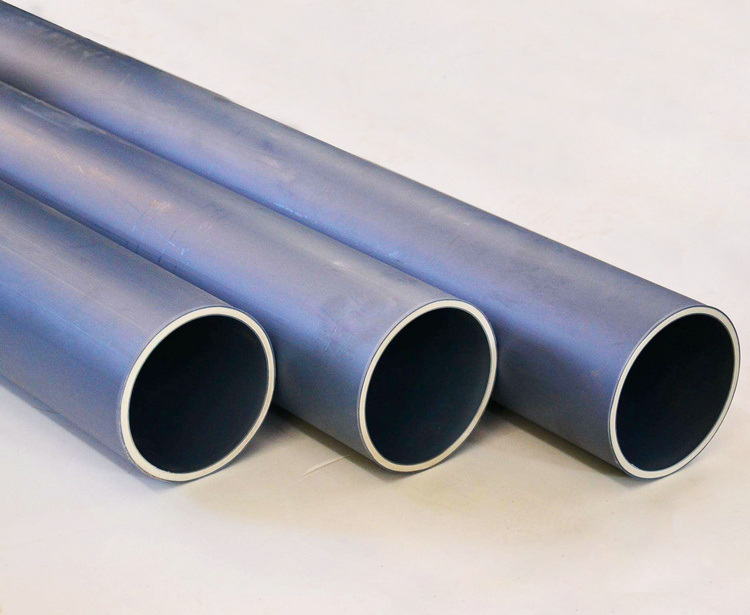

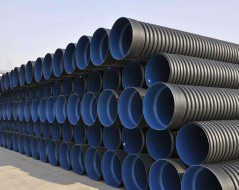
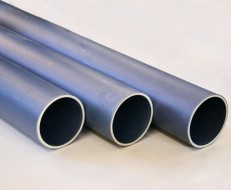
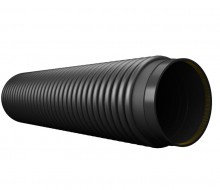

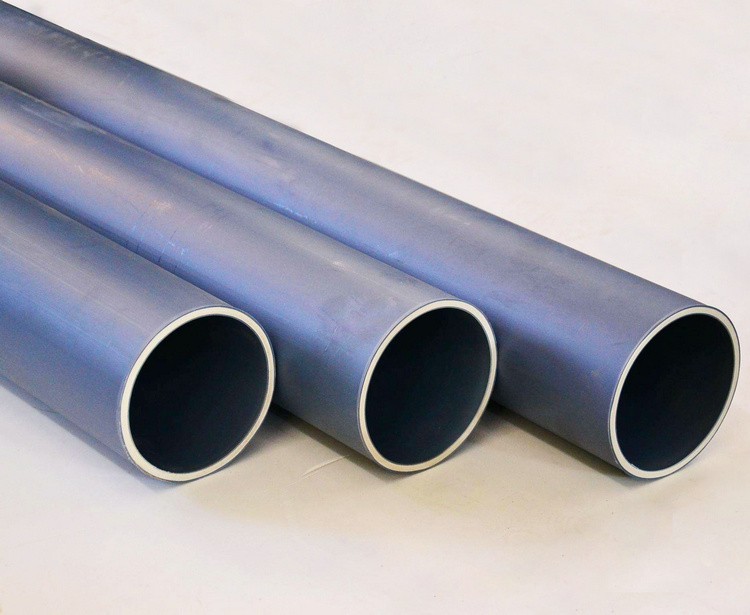
PE is polyethylene plastic, the most basic type of plastic. Plastic bags, cling films, etc. are all made of PE, while HDPE is a highly crystalline and non-polar thermoplastic resin. The original appearance of HDPE is milky white, with a certain degree of semi transparency in the thin section. PE has excellent resistance to most household and industrial chemicals.
The welding of PE pipes, PE pipe butt welds, provides the highest reliability and diameter range within the pressure process: heating the end of the pipe using a tool called "mirror" defined by contact pressure and temperature. The end is quickly contacted and kept under pressure during the cooling process.
PE pipes include medium density polyethylene pipes and high-density polyethylene pipes. Compared with steel pipes, the construction process is simple, has a certain degree of flexibility, and most importantly, does not require anti-corrosion treatment, which will save a lot of processes.
PE sewage pipes are often used as the preferred pipe material for municipal engineering, mainly in the sewage treatment industry. Due to its characteristics of wear resistance, acid resistance, corrosion resistance, high temperature resistance, and high pressure resistance, it has gradually replaced traditional pipe materials such as steel pipes and cement pipes in the market, especially because this pipe material is lightweight, easy to install and move, and is the preferred choice for new materials.